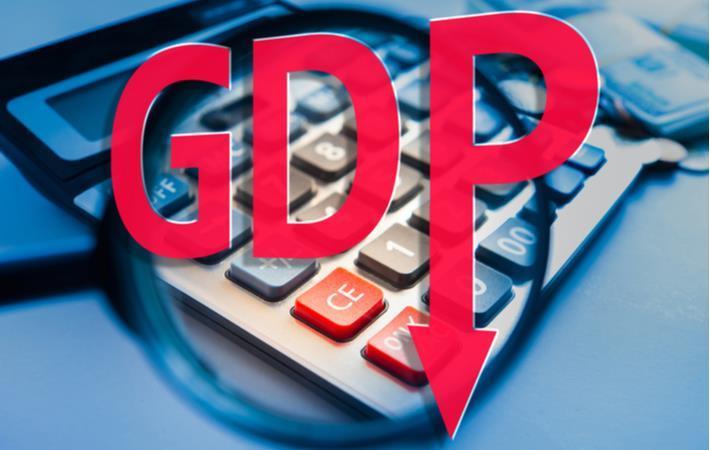The combined fiscal deficit of the Indian government and the various states will be over 12 per cent of the gross domestic product (GDP) due to the recent measures to boost the economy and higher borrowings by states to meet COVID-19 exigencies, according to a report by DBS Bank, which said the combined fiscal gap will increase by 480 basis point (bps).
In the case of the central government, the fiscal gap will increase by 200 bps as earlier this month it hiked market borrowings by ₹4.2 lakh crore or 54 per cent over the budget estimate to ₹12 lakh crore, citing the pandemic. Another 80 bps increase will be on account of the fiscal boost, a news agency reported.The combined fiscal deficit of the Indian government and the various states will be over 12 per cent of the gross domestic product (GDP) due to the recent measures to boost the economy and higher borrowings by states to meet COVID-19 exigencies, according to a report by DBS Bank, which said the combined fiscal gap will increase by 480 basis point (bps).#
In the case of states, the fiscal gap will rise by 200 bps after the central government hiked the borrowing limit of states to 5 per cent of gross state domestic product (GSDP) recently.
While the government claims it is pump-priming the pandemic stricken economy through a ₹20.9-lakh-crore (10 per cent of the GDP) package, in actual fiscal outgoes, this converts only into a paltry 0.8 per cent of the GDP, even though it has hiked the borrowing by a whopping ₹4.2 lakh crore.
The central government recently also allowed states to borrow 2 per cent more of their GSDP with strict reform conditions. Earlier, they were allowed to borrow 3 per cent.
In all, from the total ₹20.9 lakh package, the immediate fiscal slippage for the central government will be a modest 0.8 per cent of the GDP, DBS economist Radhika Rao said in a note.
Considering all the fiscal packages announced till now, the cumulative fiscal slippage is likely to be around 7 per cent of GDP, which is in line with our expectations as the central government had last week hiked the borrowings by 2 per cent, she said.
States' increased borrowing limit and other factors will potentially take the overall borrowings to 12 per cent of GDP, she added.
The higher borrowing by states, which are actually spending much more than the central government on COVID-19 control and management, will involve relaxing the Fiscal Responsibility and Budget Management Act (FRBM) guidelines. This 2 per cent more borrowing will increase their debt issuance by ₹4.3 lakh crore.
Further policy support, as and when deemed necessary, is likely to carry an emphasis on financial sector health, including a capital backstop for banks, DBS noted.
ALCHEMPro News Desk (DS)
